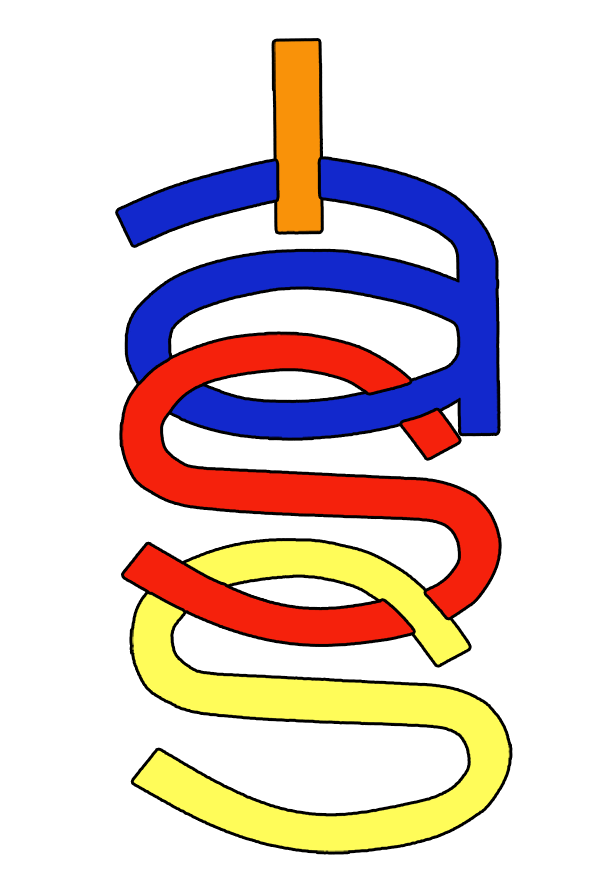Workshop 10:
Flexible Moulding – cast your own concrete panel on a recyclable temporary mould
Tutors:
Arno Pronk and Arjen Seffinga
Date and Time:
Sunday 16 August 2015, 13h00-17h00
Location:
Artis Zoo, Plantage Kerklaan 38-40, 1018 CZ Amsterdam
Track:
ISOFF track (For ISOFF participants this workshop is included in the conference free. IASS participants can also follow this workshop but at additional cost.)
Introduction
The creation of double-curved architectural surfaces in precast concrete is traditionally done with a static formwork, which can be reused multiple times. For non-repetitive geometry, the use of a recyclable temporary mould made with an adjustable flexible formwork is much more beneficial. In this workshop you will explore this recently developed technology to make a temporary mould of polycarbonate with a fully automated adjustable mould. Together with 3 or 4 other workshop participants you will make a continues surface made of concrete elements using the temporary moulds of polycarbonate. Apart from offering you some hands-on concrete casting experience, all steps in the process are aimed to inspire you to use this novel manufacturing technology in your own future work. Definitely not another boring workshop: fun, hands-on and practically useful learning experience is guaranteed!
Description
Since manufacturing nowadays generally starts from a digital design, this will be Step 1: in our process. Using your own laptop with Rhino/Grasshopper you will create a concrete shell panel. No high-level Rhino/GH skills are required; we will guide you through this process. The software should be up-to-date and running (Grasshopper can be downloaded via At least one person in the group of four-to-five persons should have a laptop with the installed programs.
Step 2: after creating the design we will select the elements that we you are going to manufacture With the use of software you will transfer the data to the adjustable mould to make the surface you have designed.
Step 3: after setting up the mould we will check the shape with a 3D-photogrammetry tool, if needed we can adjust the mould. Step 4: when the surface of the adjustable mould is within the tolerances we can create the temporary polycarbonate mould. (There is one flexible mould available, but the temporary polycarbonate moulds can be produced one-by-one in a very short time). Step 5: The polycarbonate mould will be prepared for the casting of self-compacting concrete. After the preparations we can start with the casting of the concrete tiles. After curing during the conference on Monday we will ask you to de-mould your element on Tuesday.
Tutors

Arno Pronk
Lecturer / researcher TU Eindhoven, Faculty of Structural Design

Arjen Seffinga
Student TU Eindhoven
Minimum number participants:
10
Registration:
€ 90,- (free for ISOFF track)


